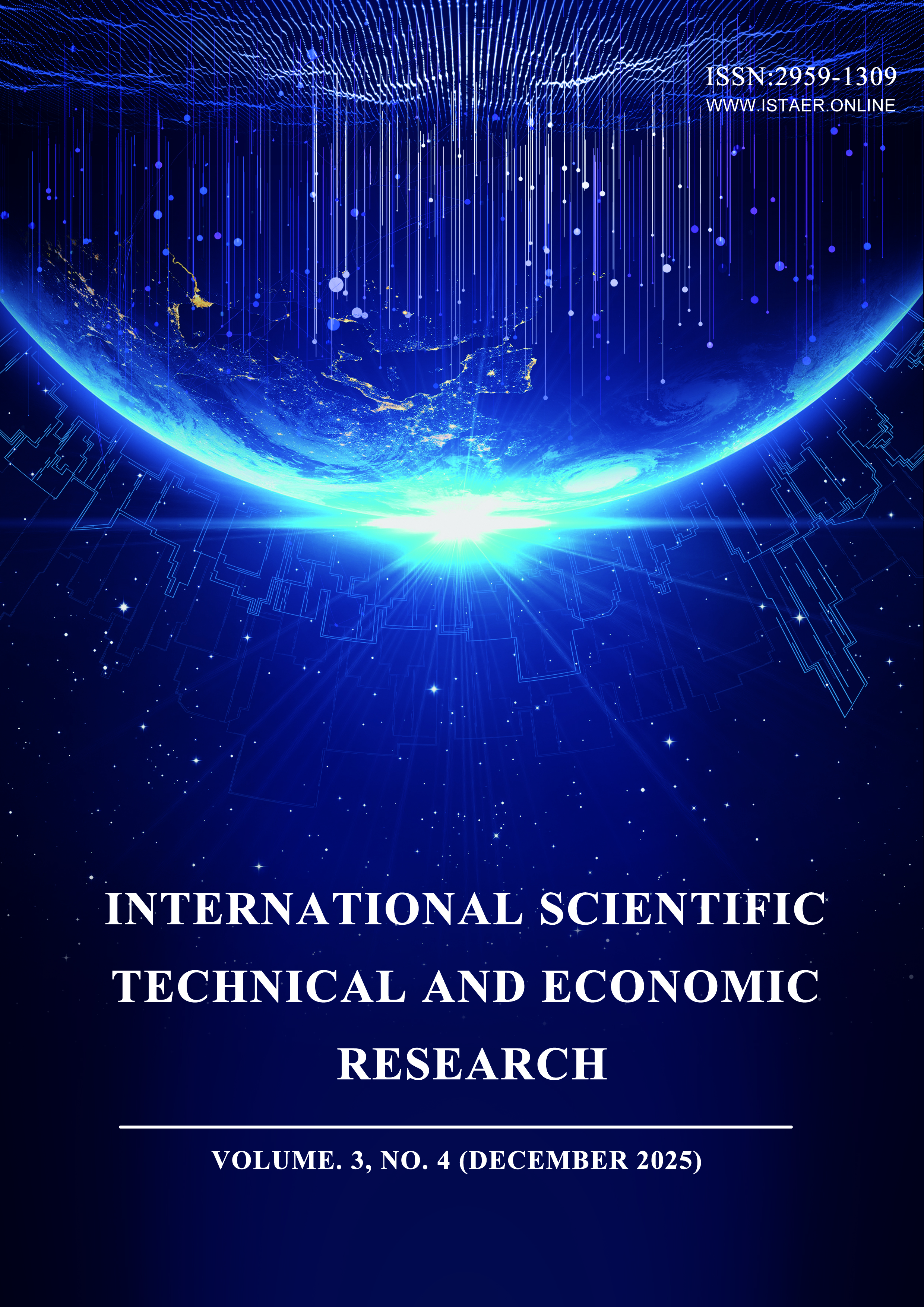Research on the Application Logic and Ethical Boundaries of Artificial Intelligence in Systemic Financial Risk Early Warning
DOI:
https://doi.org/10.71451/ISTAER2554Keywords:
Artificial intelligence; Systemic financial risk; Risk warning; Machine learning; Ethical boundariesAbstract
With the deep penetration of artificial intelligence (AI) technology into the field of financial risk control, its application in systemic risk early warning is attracting widespread attention from academia and regulatory agencies. This study focuses on the dual characteristics of AI technology in financial risk early warning: on the one hand, through multi-source data fusion, complex algorithm models, and intelligent decision support, AI technology has significantly improved its ability to identify high-dimensional nonlinear risks, realizing a paradigm shift from static assessment to dynamic early warning; on the other hand, ethical issues such as algorithmic bias, black-box decision-making, and data privacy violations are becoming increasingly prominent, and may even give rise to new systemic risks due to model homogeneity. This paper constructs a three-dimensional analysis system of "technology application-ethical boundaries-governance framework," and uses case analysis and comparative research methods to demonstrate the necessity of establishing a responsible AI early warning mechanism. The study finds that effective risk governance requires the organic combination of technological empowerment and ethical regulation. By developing explainable artificial intelligence, constructing an algorithm audit system, and improving cross-departmental collaborative supervision, while leveraging the early warning advantages of AI technology, it is essential to ensure that its application complies with the fundamental requirements of financial stability and fairness and justice. This provides an important reference for building a new paradigm of intelligent financial supervision in the digital age.
References
[1] Chohan, M. A., Li, T., Ramakrishnan, S., & Sheraz, M. (2025). Artificial Intelligence in Financial Risk Early Warning Systems: A Bibliometric and Thematic Analysis of Emerging Trends and Insights. International Journal of Advanced Computer Science & Applications, 16(1). DOI: https://doi.org/10.14569/IJACSA.2025.01601127 DOI: https://doi.org/10.14569/IJACSA.2025.01601127
[2] O'Halloran, S., & Nowaczyk, N. (2019). An artificial intelligence approach to regulating systemic risk. Frontiers in Artificial Intelligence, 2, 7. DOI: https://doi.org/10.3389/frai.2019.00007 DOI: https://doi.org/10.3389/frai.2019.00007
[3] Andrae, S. (2025). Artificial Intelligence and Financial Stability: A Systemic Risk Approach. In Economic and Political Consequences of AI: Managing Creative Destruction (pp. 87-110). IGI Global Scientific Publishing. DOI: https://doi.org/10.1016/j.jbankfin.2021.106290 DOI: https://doi.org/10.4018/979-8-3693-7036-0.ch005
[4] Kamruzzaman, M. M., Alruwaili, O., & Aldaghmani, D. (2024). RETRACTED: Measuring systemic and systematic risk in the financial markets using artificial intelligence. Expert Systems, 41(5), e12971. DOI: https://doi.org/10.1111/exsy.12971 DOI: https://doi.org/10.1111/exsy.12971
[5] Tang, P., Tang, T., & Lu, C. (2024). Predicting systemic financial risk with interpretable machine learning. The North American Journal of Economics and Finance, 71, 102088. DOI: https://doi.org/10.1016/j.najef.2024.102088Get rights and content DOI: https://doi.org/10.1016/j.najef.2024.102088
[6] Olanrewaju, A. G. (2025). Artificial Intelligence in Financial Markets: Optimizing Risk Management, Portfolio Allocation, and Algorithmic Trading. International Journal of Research Publication and Reviews, 6, 8855-8870. DOI: https://doi.org/10.55248/gengpi.6.0325.12185 DOI: https://doi.org/10.55248/gengpi.6.0325.12185
[7] Giudici, P., Centurelli, M., & Turchetta, S. (2024). Artificial Intelligence risk measurement. Expert Systems with Applications, 235, 121220. DOI: https://doi.org/10.1016/j.eswa.2023.121220 DOI: https://doi.org/10.1016/j.eswa.2023.121220
[8] Dugbartey, A. N. (2025). Systemic financial risks in an era of geopolitical tensions, climate change, and technological disruptions: Predictive analytics, stress testing and crisis response strategies. International Journal of Science and Research Archive, 14(02), 1428-1448. DOI: https://doi.org/10.1016/j.eswa.2023.121220 DOI: https://doi.org/10.30574/ijsra.2025.14.2.0563
[9] Guo, X. (2024, December). Research on Systemic Financial Risk Early Warning Based on Integrated Classification Algorithm. In 2024 IEEE 2nd International Conference on Electrical, Automation and Computer Engineering (ICEACE) (pp. 1586-1591). IEEE. DOI: https://doi.org/10.1109/ICEACE63551.2024.10898790 DOI: https://doi.org/10.1109/ICEACE63551.2024.10898790
[10] Keller, A., Pereira, C. M., & Pires, M. L. (2024). The European Union’s approach to artificial intelligence and the challenge of financial systemic risk. Multidisciplinary Perspectives on Artificial Intelligence and the Law, 415. DOI: https://doi.org/10.1007/978-3-031-41264-6_22 DOI: https://doi.org/10.1007/978-3-031-41264-6_22
[11] Abdulla, Y. Y., & Al-Alawi, A. I. (2024, January). Advances in Machine Learning for Financial Risk Management: A Systematic Literature Review. In 2024 ASU International Conference in Emerging Technologies for Sustainability and Intelligent Systems (ICETSIS) (pp. 531-535). IEEE. DOI: https://doi.org/10.1109/ICETSIS61505.2024.10459536 DOI: https://doi.org/10.1109/ICETSIS61505.2024.10459536
Downloads
Published
Issue
Section
License
Copyright (c) 2025 International Scientific Technical and Economic Research

This work is licensed under a Creative Commons Attribution-NonCommercial-NoDerivatives 4.0 International License.
This work is licensed under the Creative Commons Attribution International License (CC BY 4.0).




